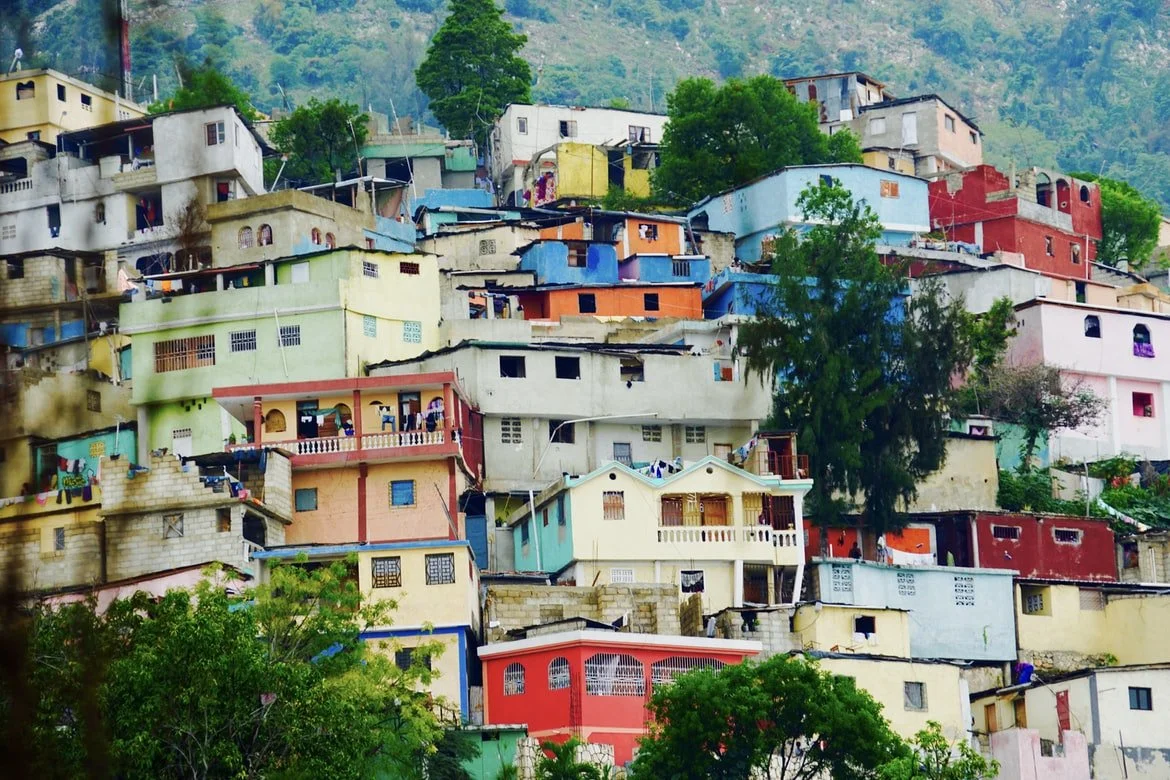An Interview with Aimee Nezhukumatathil
As we all know, the talented Aimee Nezhukumatathil visited our campus this semester on Monday, October 23, 2023. While she was on campus, she gave a guided tour of Centenary’s Arboretum, visited a poetry class, and, of course, spoke at the official Corrington Award Ceremony. If you were not able to attend the ceremony, there is, fortunately, a recording on Centenary’s Facebook page!
I was given the absolute honor of interviewing Nezhukumatathil about World of Wonders: In Praise of Fireflies, Whale Sharks, and Other Astonishments. World of Wonders is a memoir made of a collection of essays connecting different aspects of nature to Nezhukumatathil’s own life, and it is filled with beautiful illustrations by Fumi Mini Nakamura. I absolutely adored reading this memoir. It is one of the only books that I have felt truly seen and represented. Additionally, Nezhukumatathil educates readers about everything from butterflies to sharks in a way that makes them eager to appreciate the world. If you haven’t gotten the opportunity to read World of Wonders, I highly recommend it. Without further ado, here is the interview!
I personally really enjoyed this book for a number of reasons, but the main reason that I loved it is because I felt really seen by a lot of your experiences because we’re both women of color. Do you think that the experiences that you have had because you are a woman of color have given you a deeper relationship with nature?
I thank you so much. I'm glad you found things that resonate for you in the book. I’m not sure if the word “deeper” fits, but I’m definitely more aware than most of representation in nature writing . . . In poems and stories, thankfully I see a rainbow of writers now and from a variety of backgrounds and circumstances. I’m dazzled by the writing of Robin Wall Kimmerer and Lauret Savoy, Ed Yong, and Margaret Renkl. But as recent as the early 00s, diversity in published nature writing was . . . lacking, to say the least. Of course, there were other nature writers besides white cis-males, but they very rarely were featured, with a few superstar exceptions, on syllabi or in bookstores. Publishers had everything to do with this narrow scope of nature-writing offerings, and I often found that successful (white) nature writers barely mentioned writers of color in interviews or on panels. Curious, no? They didn’t seem to be outwardly concerned that they would be speaking to overwhelmingly white rooms. So I think yes, the field of nature writing could definitely still be broadened. I mean, when I ask people in environmental studies programs around the country in 2023 if they can name an Asian American nature writer, there is still some substantial silence. And lots of syllabi from creative writing and environmental studies programs around the country reinforce this too. My question is: when you edit a journal or speak to a room of writers or scientists, do you feature nature writers of varied backgrounds? And if not, and you stay silent, you are absolutely part of the problem. There’s just no other way to gently put it. In 2023, how can anybody stay silent and not ask for nature groups and organizations to better reflect a more inclusive America? When I walk into a room of writers, or open up a table of contents and I see it only features white cis-writers, I can’t help but wonder if this is 1955 or 2023. And I think journals and organizations that refuse to move towards a more inclusive vision should be dismantled and rebuilt because the generations coming up behind me absolutely do not reflect these antiquated, narrow-minded visions, and thankfully many of us aren’t afraid to speak up.
If you could add another chapter to World of Wonders, what would the subject be and why would you choose it?
Blanket octopus—one of the few creatures where the female has the brightly colored body.
Which writers inspire you the most?
Naomi Shihab Nye, Ross Gay, Rita Dove, and my graduate students at the MFA program of the University of Mississippi.
Finally, what advice would you give to aspiring writers?
The simple answer is to start from a place of love and wonder, very similar to when most of us were age six and under. When I teach elementary kids creative writing I never have to teach them how to be in awe. They say “Look! Look!” about twenty times a day. I think if you start coming from a place of love it can be contagious and then the reader might be in a place to be more receptive to any other directions you decide to take them in. But I almost always start with love. And don’t forget about the five senses. Knock us back to that time you first smelled a dried sand dollar when you were nine. Let us feel the bits of sand tap out of the lunules and into the palm of your hand.




